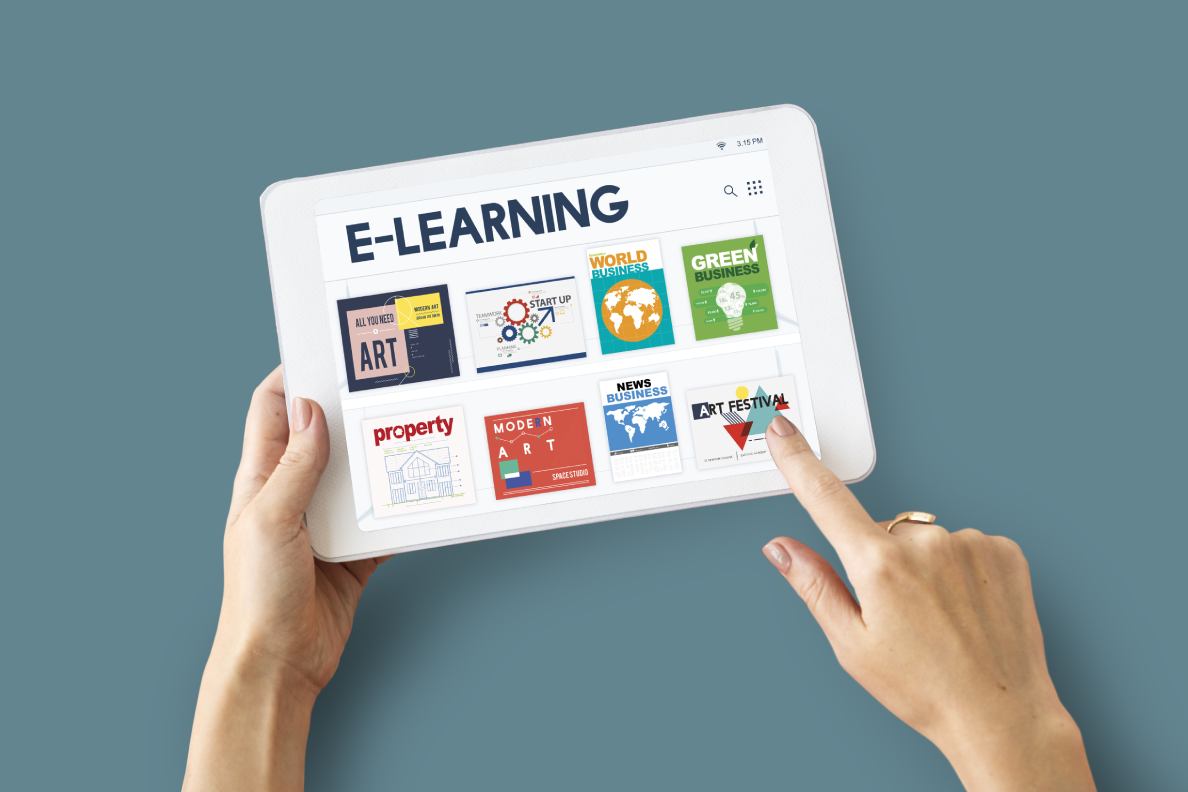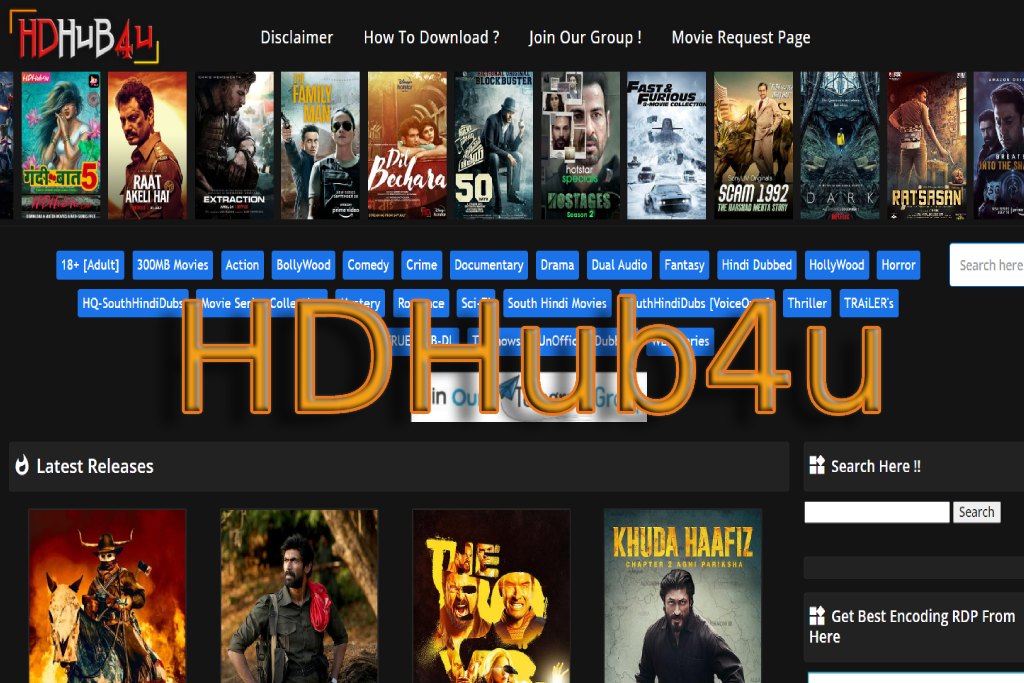E-Learning – Everything You Need To Know!

Table of Contents
What Exactly Is E-Learning?
E-LEARNING (Electronic Learning) is supported by digital, technical and electronic media. Various digital tools are used to support learning and teaching processes in different directions and industries. For e-learning, content is specially prepared for a presentation so that it is ideally adapted to the target group.
Among other things, e-learning is used in seminars or classic learning courses. It is therefore integrated into a pedagogical or didactic concept and is intended to convey specialist knowledge quickly and easily. But even if a prospect is looking for an explanation on the Internet, this can also be e-learning. This is the case, for example, when he watches a video or reads a related article.
A look at e-learning shows that it comes in a variety of forms:
- Content Sharing
- Digital learning content
- Video-Kursi Web Based Collaboration
- Blended Learning
- Online Lectures
What Advantages Does E-learning Offer?
E-learning has been increasingly used in the past. It is still used today because it has some advantages. In some areas, it spreads a much faster and easier transfer of knowledge than with classic forms.
Some advantages of e-learning at a glance:
- Participants in e-learning are largely independent of time.
- They decide for themselves when they want to continue their education and watch video courses, for example. An exception are online lectures and forms that take place live.
- In addition, there is location independence.
- You can take part in e-learning from anywhere. All you need is a suitable device with an internet connection.
- With classic forms of teaching, the quality can fluctuate.
- For example, when lecturers change or courses are cancelled. With e-learning, on the other hand, the quality remains at the same level.
- It doesn’t take much effort to make updates in e-learning learning materials. New content can be added at any time.
- With e-learning, participants determine the speed at which they want to learn. Because not everyone learns at the same speed, so there are none
- complications comes.
- E-learning materials can be made available in different languages from scratch.
- In addition, course participants do not have to travel separately, which saves costs.
What Forms Of E-learning Are There?
Common e-learning forms are listed below:
- Content sharing: With content sharing, participants are able to share learning materials such as summaries and notes with others. Therefore, it is particularly suitable for students and pupils. But it can also be interesting for companies.
- Web-based collaboration: This form is also based on content sharing. This means web-based collaboration in which people work on learning tasks together. In a figurative sense, the participants sit at a digital table.
- Digital learning content: This is the most classic and common form. Participants receive information in a presentation and click through individual pages to progress with their learning. At the end of the course, there is usually a test to check what you have learned.
- Video courses: As an alternative to the classic digital learning content, video courses are becoming increasingly important. Individual texts and graphics are displayed here, and a speaker also explains the individual learning content.
Conclusion On The Subject Of E-Learning
E-learning offers both providers and course participants a number of advantages. On the one hand it is cheaper, on the other hand participants are independent of time and place. These and other points speak in favour of continuing to rely on digital learning content in the future.






